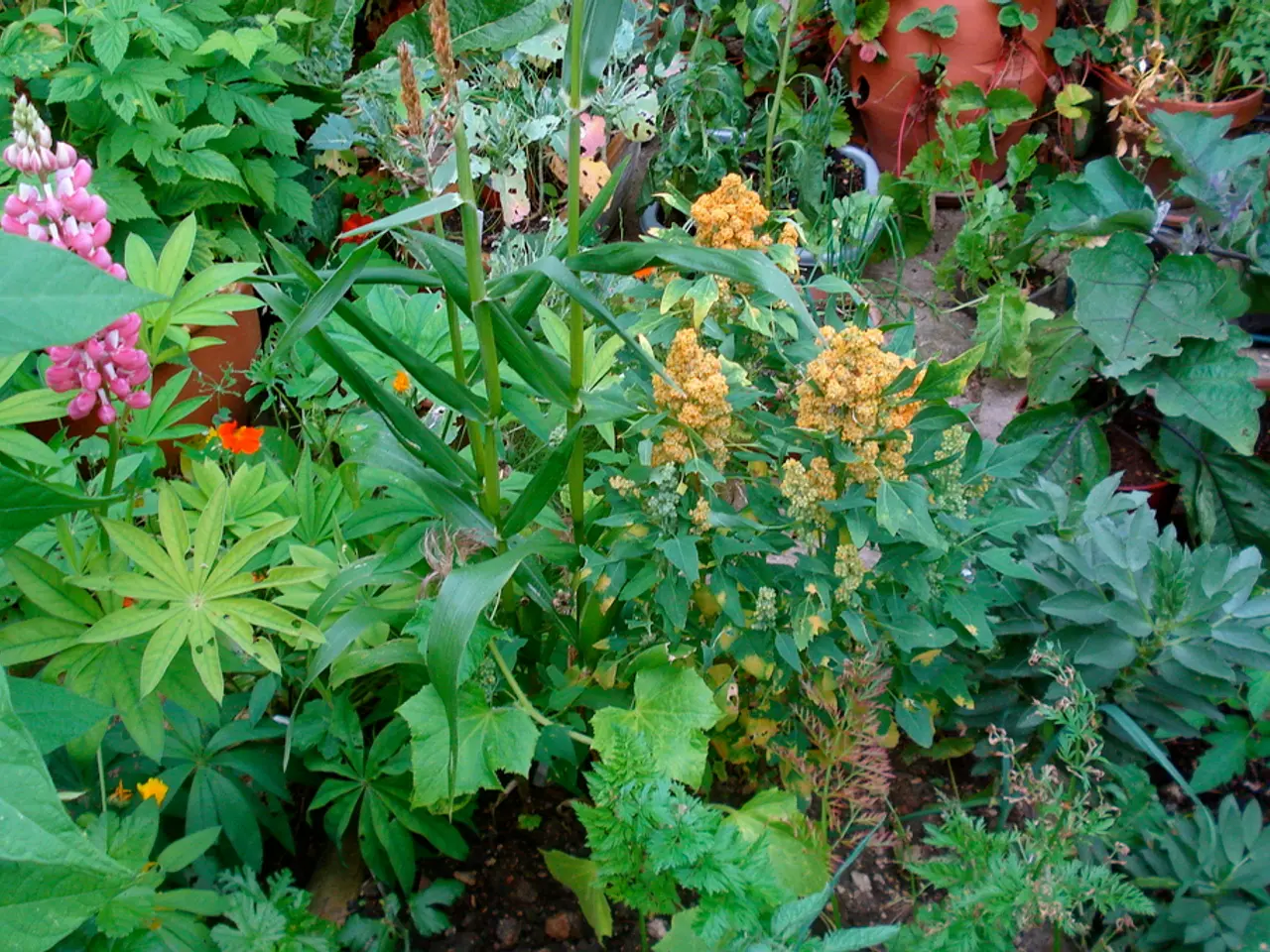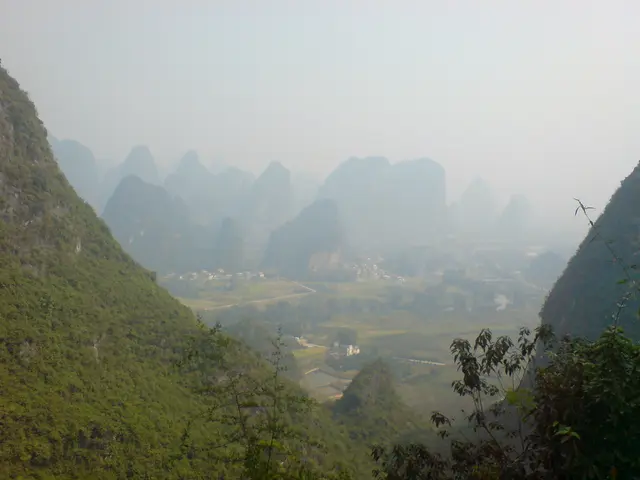In a ruthless display, all life was annihilated. A single strand of bindweed, if present, will remain a lasting reminder: Exploring the relentless landscape of the gravel garden.
Transforming Lawns into Biodiverse Havens: The Rise of Gravel Gardens
Gravel gardens, once a radical and experimental concept in the UK, have now become a popular choice for garden enthusiasts seeking low-maintenance, beautiful, and environmentally-friendly spaces. Pioneered by Beth Chatto and Derry Watkins in the early 1990s, these gardens have since inspired a host of designers and homeowners to create their own unique versions.
One such transformation can be found at The Walled Garden at Knepp in West Sussex, where a flat croquet lawn has been transformed into an exquisite biodiverse haven with a mix of sand, gravel, and crushed brick. The gravel garden at Beth Chatto Gardens, which famously began as a car park in one of the driest parts of the country, is another renowned example.
The creation of a gravel garden involves careful groundwork and soil preparation. It is recommended to dig down a few inches and remove existing topsoil, vegetation, and roots before laying gravel. This reduces weed problems and helps create a stable base for the gravel layer. Proper groundwork, such as soil amendments and sometimes soil testing, is advised for better plant growth and water management, especially for heavy clay soils.
When it comes to plant selection, designers like Emily Erlam, Derry Watkins, Åsa Gregers-Warg, Tom Stuart-Smith, and Non Morris offer a wealth of knowledge. They recommend a variety of tough, self-seeding species that thrive in gravel gardens, such as Eryngium x zabelii, Origanum 'Kent Beauty', Salvia greggii 'Stormy Pink', Yucca rostrata 'Sapphire Skies', Tropaeolum polyphyllum, Stipa gigantea, Oenothera lindheimeri, Euphorbia characias, Cistus x pulverulentus, Thymus 'Redstart', Seseli hippomarathrum, Dianthus carthusianorum, Salvia candelabrum, Melica ciliata, and Euphorbia rigida.
Gravel gardens can be relatively low maintenance if established with correct base layers and weed barriers. However, not all soil types or sites are equally suitable. To maintain stability and prevent weed growth, it is essential to use a weed suppression membrane or landscape fabric under the gravel. Choosing the appropriate gravel size, ensuring the base soil is level and compacted, and considering eco-grids for heavy use areas can also help maintain the garden's appearance and reduce upkeep.
In conclusion, a gravel garden requires careful preparation, especially on clay soil to improve drainage, and the removal of topsoil and vegetation to avoid weeds. With a proper gravel layer, weed barriers, and a well-chosen plant palette, gravel gardens can be beautiful, low-maintenance, and a haven for biodiversity. For more information on gravel gardens, visit the websites of Beth Chatto Gardens (www.bethchatto.co.uk), Emily Erlam Studio (www.erlamstudio.com), Non Morris's Special Plants (www.specialplants.net), and other leading designers in the field.
Gravel gardens, such as those at The Walled Garden at Knepp and Beth Chatto Gardens, demonstrate how lifestyle choices in home-and-garden design can positively impact the environment by promoting biodiversity. Proper gardening techniques, including careful soil preparation and choosing the right plants, can create stunning, low-maintenance gravel gardens that thrive for years.








